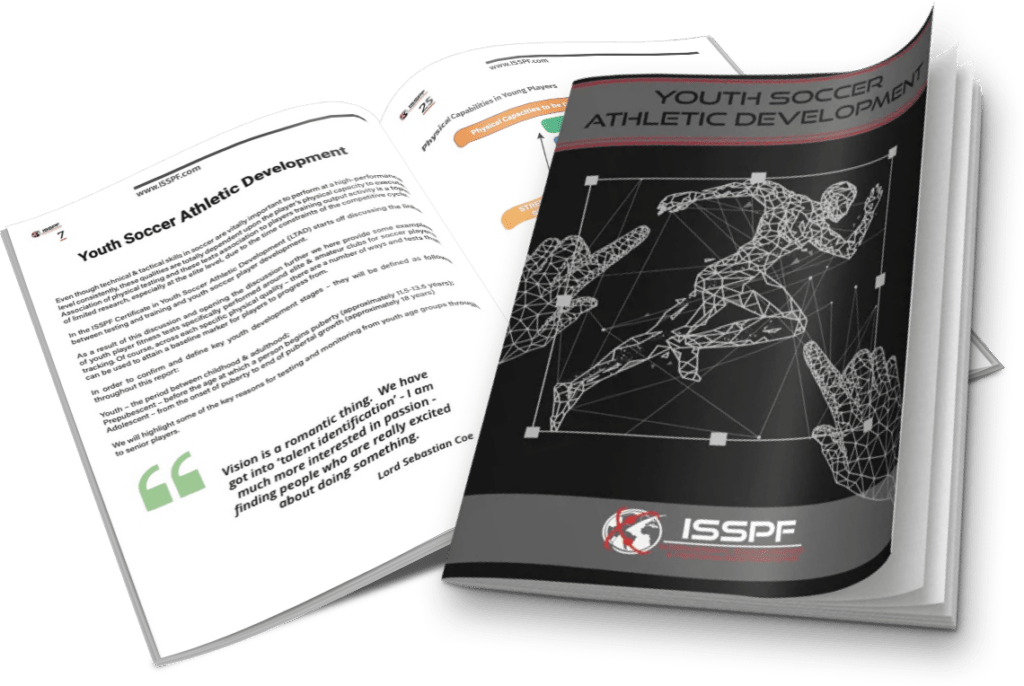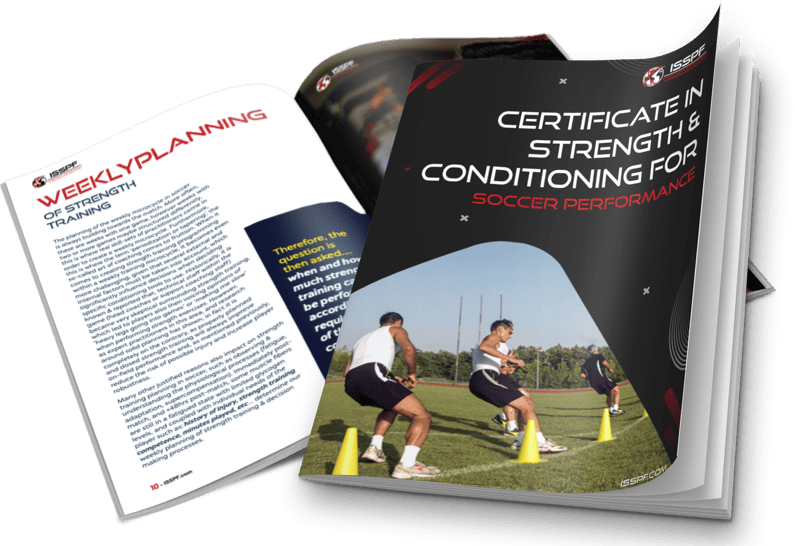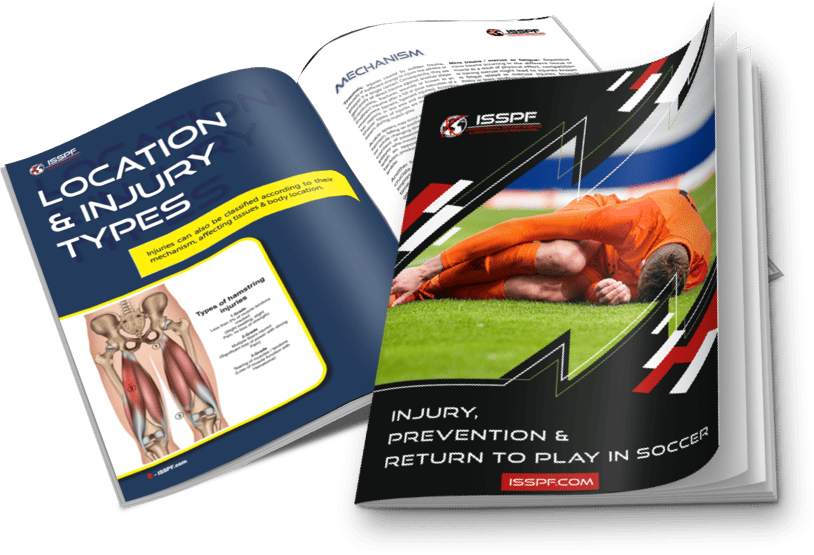Across all levels of the game, justifying coaching practices and content delivery to soccer players is paramount. Coaching science is the scientific principles that should underpin all soccer coaches work. Understanding & translating key scientific principles into coaching practice how all individuals involved with the development of soccer players can maximise their training practice.
Across all levels of the game, justifying coaching practices and content delivery to soccer players is paramount. Coaching science is the scientific principles that should underpin all soccer coaches work. Understanding & translating key scientific principles into coaching practice how all individuals involved with the development of soccer players can maximise their training practice.
Empowering Women’s Soccer. Read this Journey of Growth and Success in the Women’s FIFA World Cup 2023 in Australia and New Zealand
This article delves into the benefits of squad rotation in Manchester City’s quest for glory, shedding light on their achievements.
Discover evolution of tactical strategies in elite soccer and how the role of inverted full backs and goalkeepers are changing
The use of small-sided games in soccer training have gained widespread popularity as invaluable training tools for soccer coaches
If you are looking at coaching future champions you need to know the best coaching processes for youth players in soccer. Read the full guide
The evolution of the modern soccer coach involves a dive into experience, tactics relating to soccer science to keep you ahead of the game
Sign up to our accredited online courses now to build your skills, improve your team and advance your career with the help of an a world-class team.
To know what difference could an ISSPF course make to your season and your career.
The Global Online Soccer Education Platform Trusted, Endorsed & Accredited by Leading Universities and Elite Clubs.

FREE Guide: Youth Soccer Athletic Development
Download your FREE Guidebook and discover the techniques and strategies that elite coaches use to help young players achieve their full potential. Enter your best email to download it:
By signing up you agree to our terms of service and privacy policy.

FREE Guide: Strength & Conditioning for Soccer Performance
Discover the elite-level techniques for
boosting the speed, agility, conditioning & power in your players. Enter your best email to download it:
By signing up you agree to our terms of service and privacy policy.

FREE Guide: Injury Prevention & Return To Play
Download your FREE Injury Prevention & Return To Play Guidebook. Enter your best email address below:
By signing up you agree to our terms of service and privacy policy.

Lorem ipsum dolor sit amet, consectetur adipiscing elit. Ut elit tellus, luctus nec ullamcorper mattis, pulvinar dapibus leo.